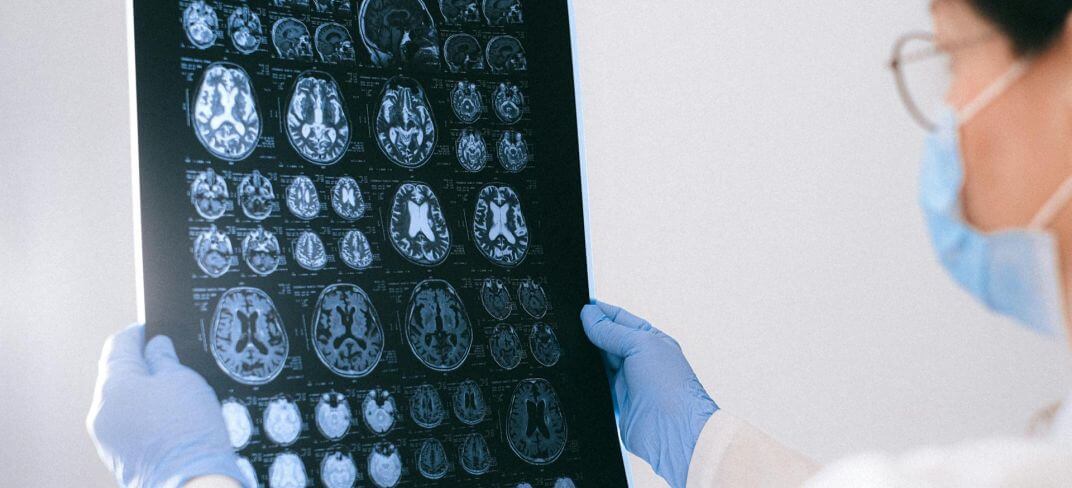Epilepsy: Everything You Need to Know

Epilepsy is one of the chronic neurological disorders of the central nervous system that affects around 4% of the global population. It manifests as a series of recurrent convulsive episodes, caused by a sudden abnormal electrical discharge that disrupts the normal activity of nerve cells.
Causes and diagnosis of Epilepsy
The causes of epilepsy can vary widely but often include a genetic predisposition. However, there are several factors that can contribute to the onset of the disease, including:
- Brain injuries such as strokes, cerebral hemorrhages, or accidents that cause head injuries.
- Congenital brain abnormalities.
- Infections such as meningitis and encephalitis, which can damage the central nervous system.
- Autoimmune diseases: disorders in which the immune system attacks the brain.
The diagnosis of epilepsy requires a thorough clinical and instrumental analysis:
- Detailed medical history, to understand the patient's clinical history and symptoms.
- Blood tests, to rule out other underlying causes or identify metabolic imbalances.
- Electroencephalogram (EEG), a fundamental test to detect any abnormalities in brain electrical activity.
- Imaging tests such as computed tomography (CT) or magnetic resonance imaging (MRI), useful for analyzing any structural alterations in the brain.
Warning signs of a seizure
The symptoms of a seizure can vary significantly depending on the type of seizure involved. It is crucial to recognize them to intervene promptly and ensure adequate assistance.
Generalized seizures involve the entire brain and occur due to abnormal spikes in brain electrical activity. The main symptoms include:
- Sudden and total loss of consciousness.
- Violent convulsions: involuntary body movements, sometimes intense.
- Fixed gaze: inability to respond to external stimuli.
- Drop attacks: sudden collapse to the ground without warning.
Focal seizures, on the other hand, affect a specific area of the brain, giving rise to symptoms that vary based on the region involved. These include:
- Sensory and cognitive alterations: mood swings, déjà vu sensations, visual or auditory hallucinations.
- Localized physical symptoms: stiffness, numbness, or tingling in certain parts of the body.
- Gastrointestinal problems: nausea or stomach discomfort.
- Autonomic signs: accelerated heartbeat, breathing difficulties, intense sweating.
Curing Epilepsy
Approximately 70% of people with epilepsy can control their seizures with daily antiepileptic medications, prescribed based on the individual characteristics of each patient. However, for the remaining 30% of drug-resistant cases, there are several alternative therapeutic options:
- Dietary therapies: One of the most effective solutions is the ketogenic diet, which promotes the breakdown of fats instead of carbohydrates. This process helps inhibit seizures, significantly reducing the frequency of attacks in many patients.
- Vagus nerve stimulation (VNS): This involves an implanted device that sends electrical signals to the brain. This stimulation helps prevent or interrupt the electrical disturbances responsible for seizures, improving disease control.
- Surgery: This is an option for those who do not respond to other forms of treatment. The surgery aims to inhibit the part of the brain that triggers seizures while preserving vital functions such as language, memory, movement, and sensations.
In addition to medical treatments, some complementary therapies can help alleviate symptoms and improve the quality of life for those with epilepsy. These include:
- Yoga: For relaxation and psychophysical well-being.
- Acupuncture: To reduce the frequency of seizures and improve energy balance.
- Aromatherapy: To promote relaxation and reduce anxiety.
- Reflexology and biofeedback: To improve physical and mental control.
How to intervene during a seizure?
While witnessing a seizure, it is crucial to act promptly and cautiously. The precautions to take are as follows:
- Monitor and timing the seizure,
- Cushion the person’s head and clear the surrounding area of dangerous objects,
- Avoid restraining the person to prevent injuries,
- Place the victim in a lateral safety position (LSP) to ensure the airways are clear.
- Avoid putting objects inside the person’s mouth.
If the seizure should last more than 5 minutes, or there are multiple seizures without regaining consciousness, breathing issues or injuries, then it is necessary to call 118.
If you need help or would like more information, contact the neurology specialists at UPMC Salvator Mundi International Hospital for a dedicated consultation.